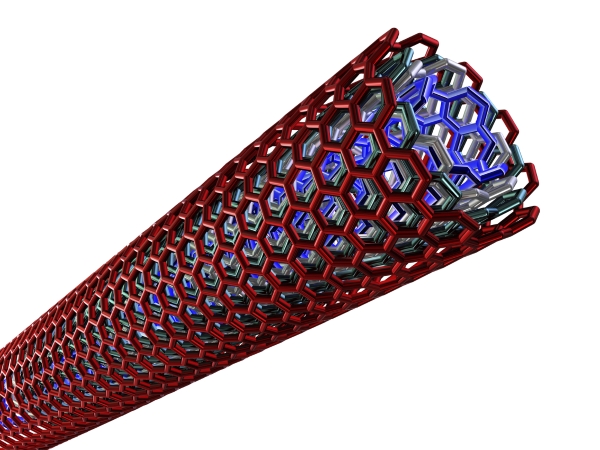Nanotechnology is the manipulation of matter on an atomic and molecular scale. Generally, nanotechnology works with materials, devices and other structures with at least one dimension sized from 1 to 100 nanometres. Quantum mechanical effects are important on this quantum-realm scale.
Nanotechnology as a spectrum of evolving techniques has a revolutionary impact on the areas of new materials, ICT and healthcare. It will also become crucial in the forest-based sector. Conventional woodworking relies mainly on the macro-scale properties of wood. In papermaking, processing takes us to micro-scale structures, as fibres are separated from wood and then reassembled. Beyond that it is natural to start looking for nano-scale applications. For example, nanofibrillar cellulose (NFC), with its exceptional properties, will be used to develop innovative lightweight bio-composite materials for car-body parts and other applications.
Nano-pigments will be developed to generate functional surface structures that for example can change colour, block UV radiation to preserve the wood underneath, or absorb objectionable chemicals such as formaldehyde in wood composites.


